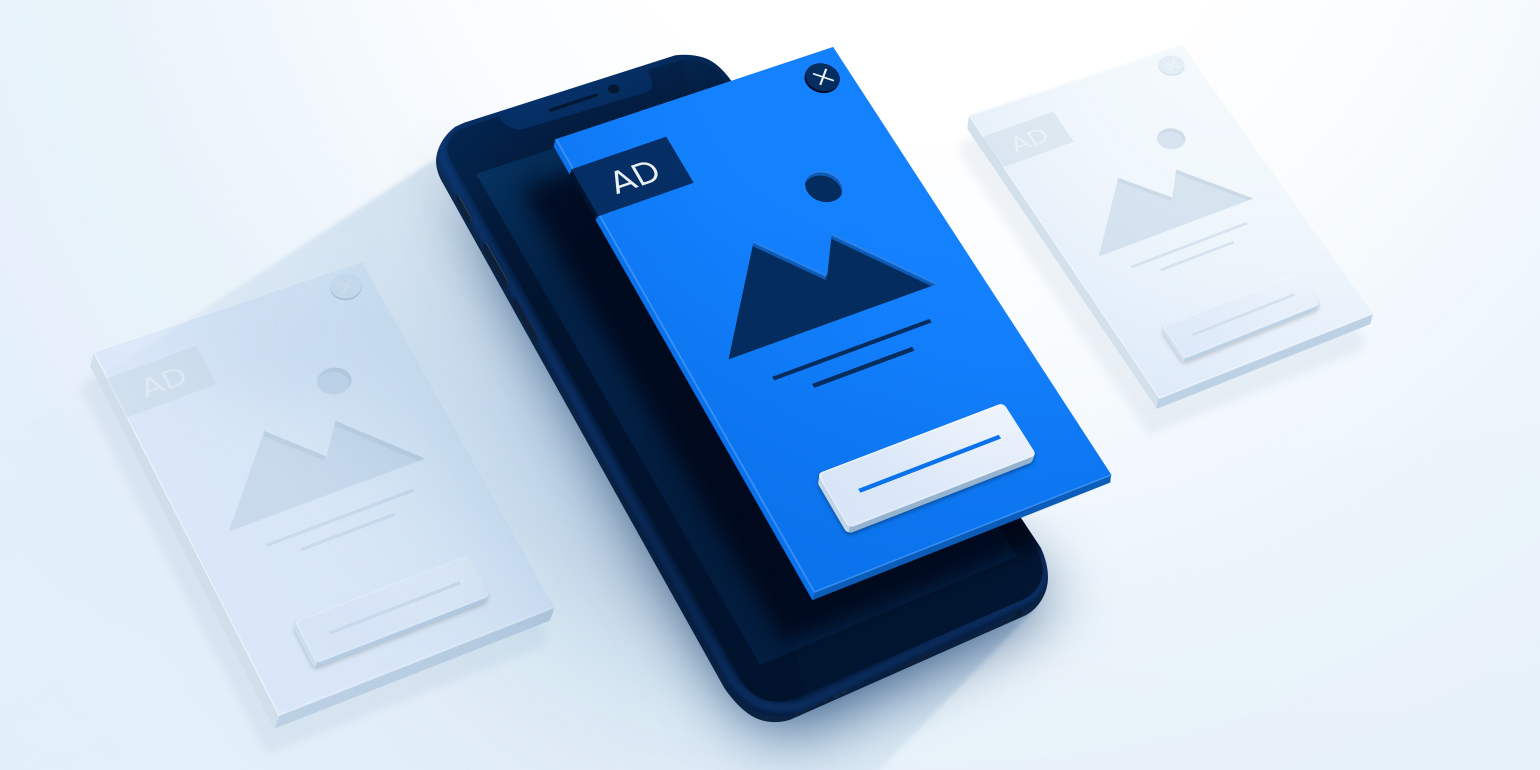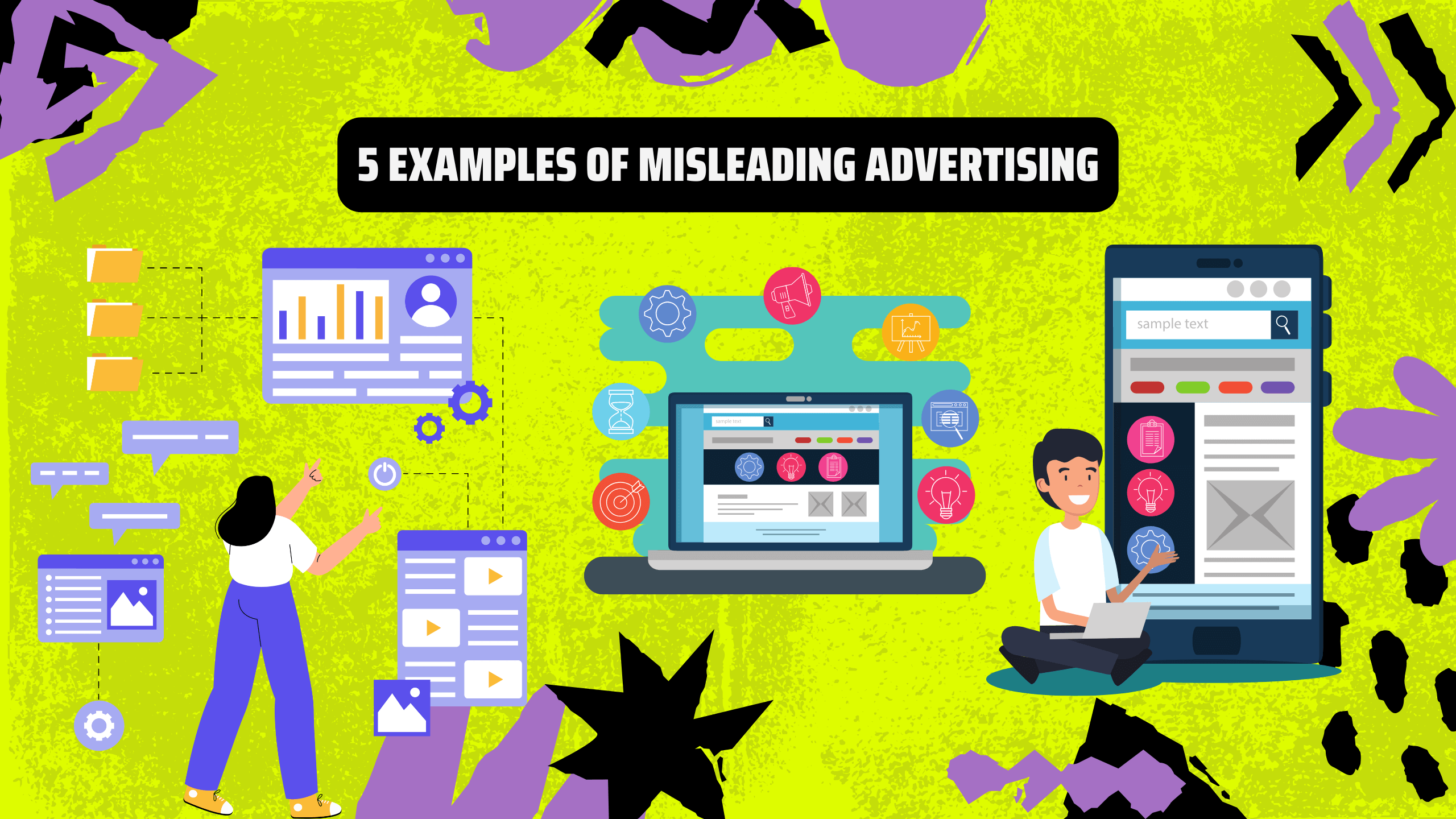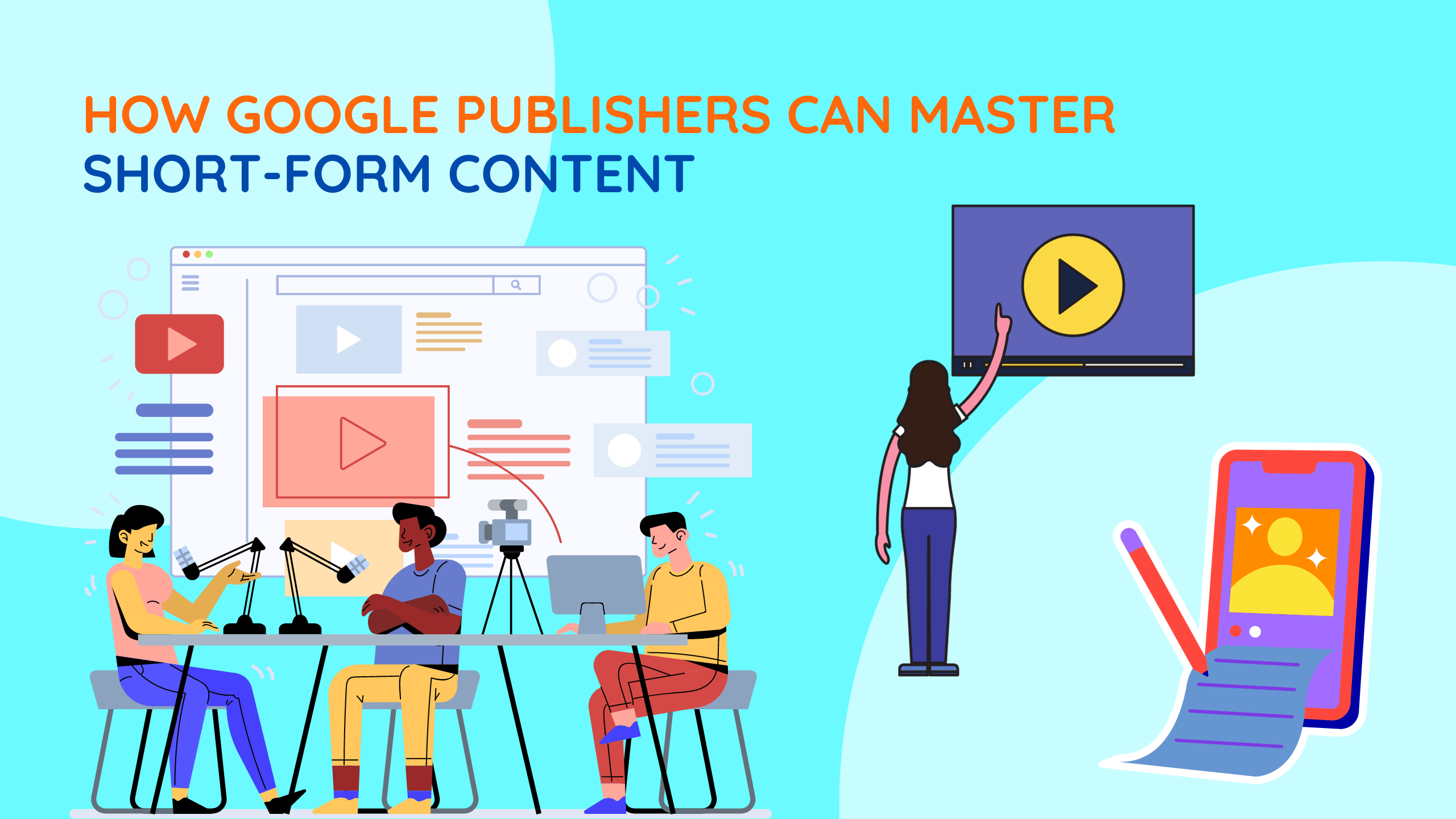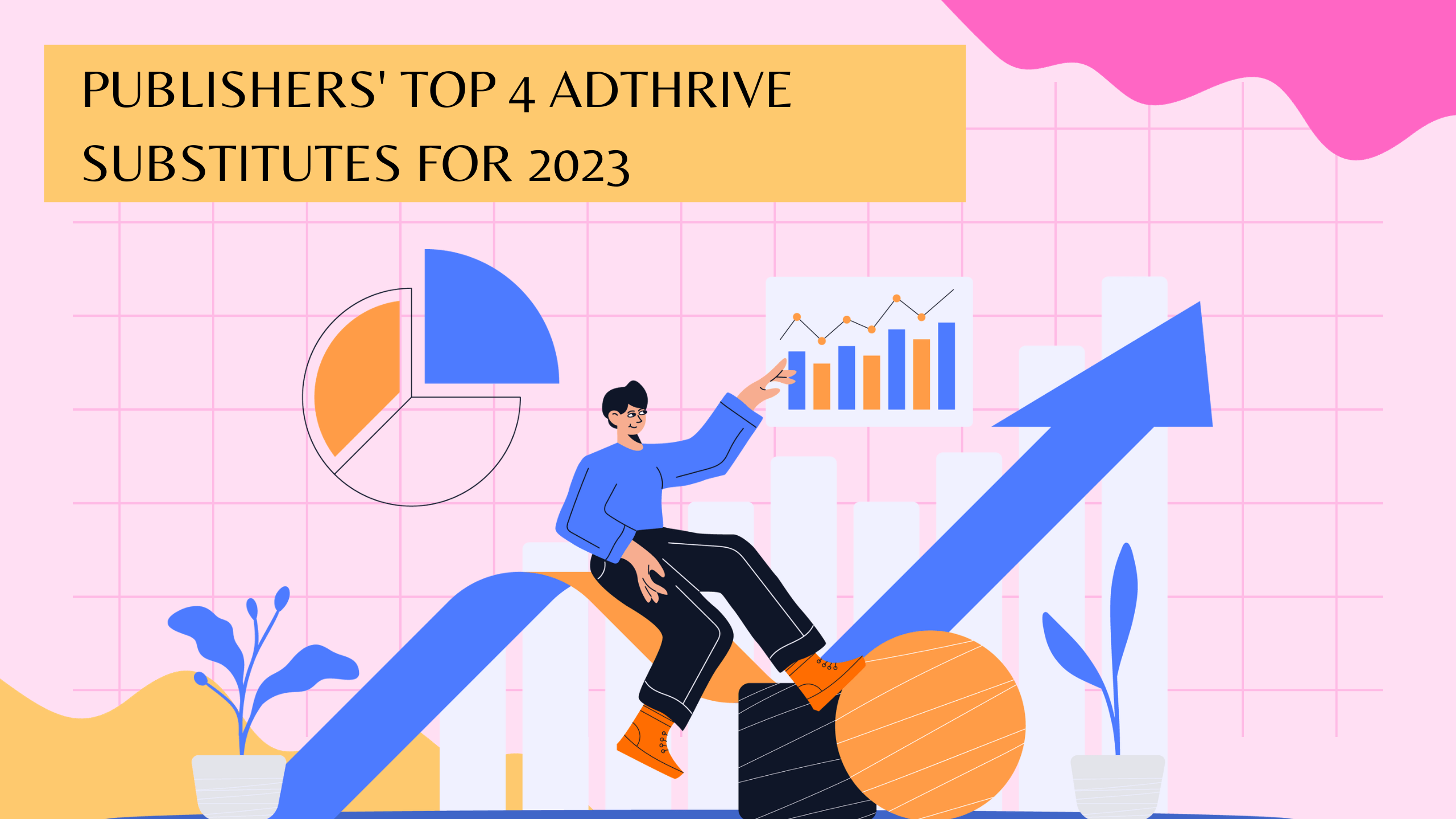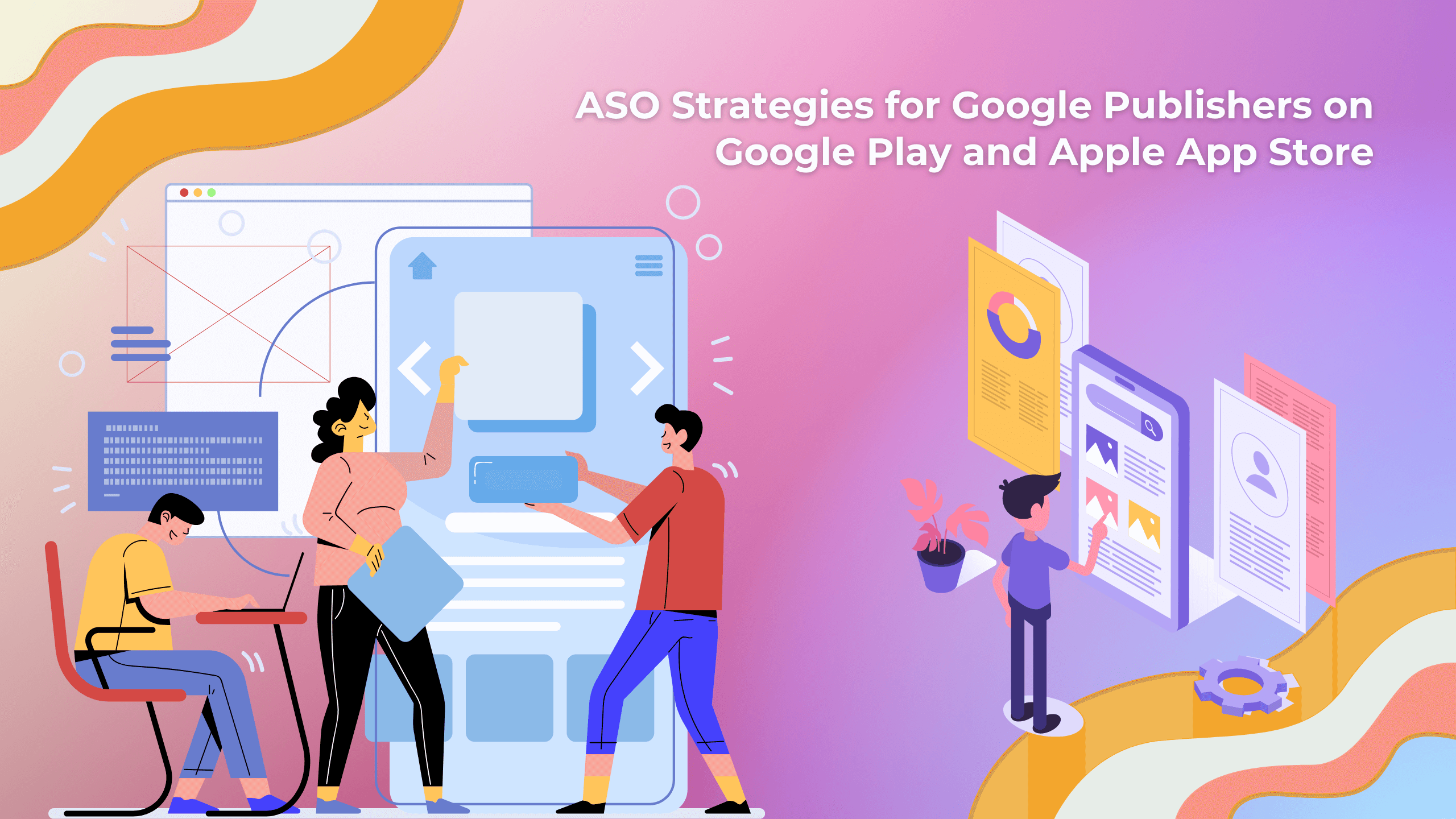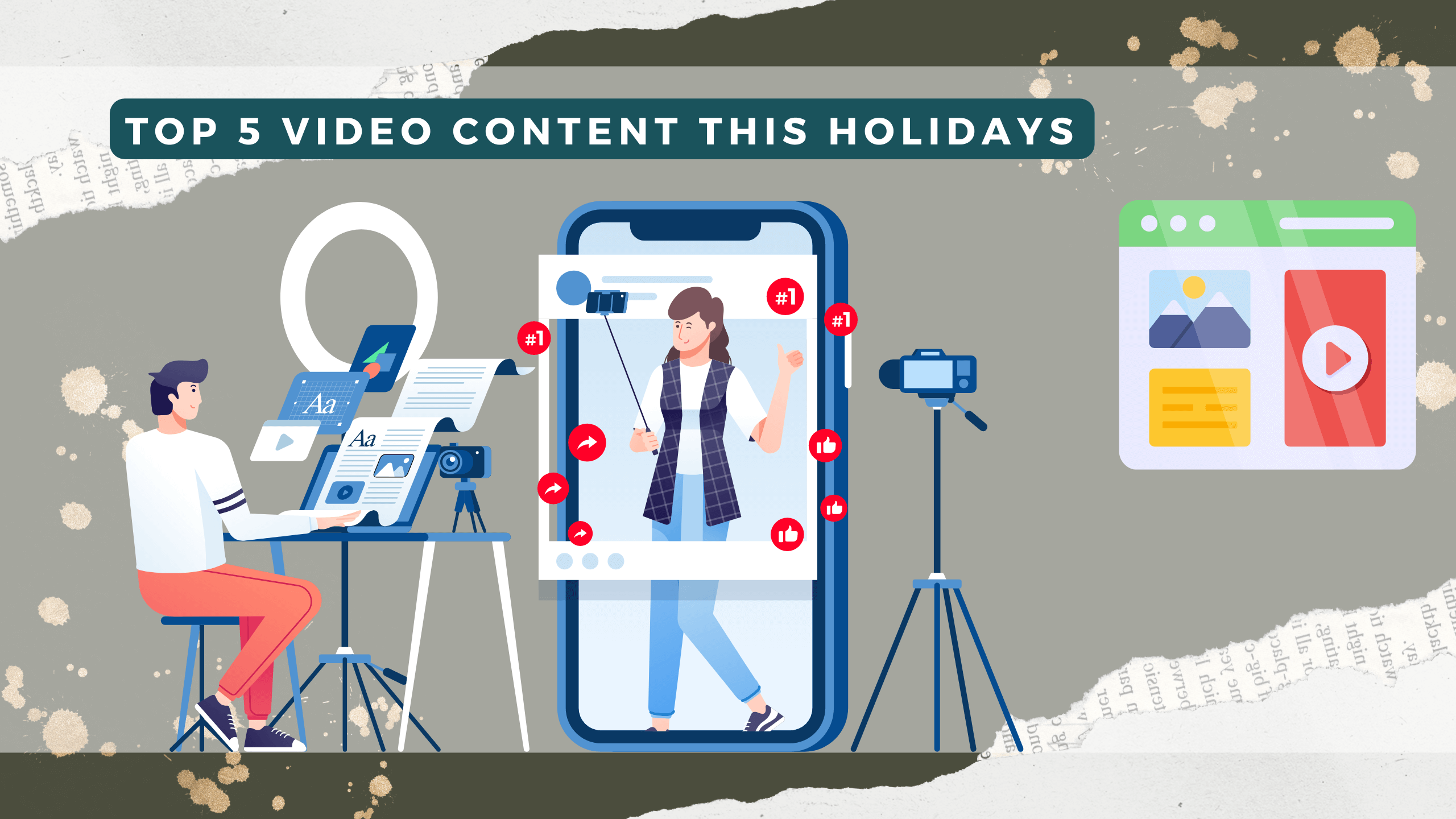- When the app is loading or exiting.
Don’t place interstitials on app load and on app exit, as interstitials should only be placed between pages of app content. And ads should not be placed in applications running in the device’s background or outside of the application environment.

- Set multiple duplicates.
Examples of non-compliant implementations include, but are not limited to:
- Place interstitials ad after each user action, including but not limited to clicks, swipes, and more. Publishers should not place more than one interstitial ad after every two user actions in their app. This requirement is also applied when the user clicks the Back button in the app.
- Place an interstitial immediately after another interstitial has been shown and closed by the user.

So we can notice that:
-> The app is not allowed to trigger interstitials every time a user clicks on the app.
-> Ads should not be placed in a way that prevents viewing of the app’s core content. And should not be placed in a way that interferes with the app’s navigation or interaction with the core content and functionality
- Ad displays suddenly
Your app shouldn’t surprise users with an interstitial. Place interstitials so that they suddenly appear when a user is focused on a task at hand (e.g. playing a game, filling out forms, reading content). This can lead to accidental clicks and often create a frustrating user experience.

For this reason, interstitials should only be deployed at reasonable breaks between the publisher’s app content (e.g. page, stage, or level) to ensure that the user is ready. participate in advertising.
Hope this post is useful for you and hope you have a nice day!
If you have any question, please contact us via [email protected]

